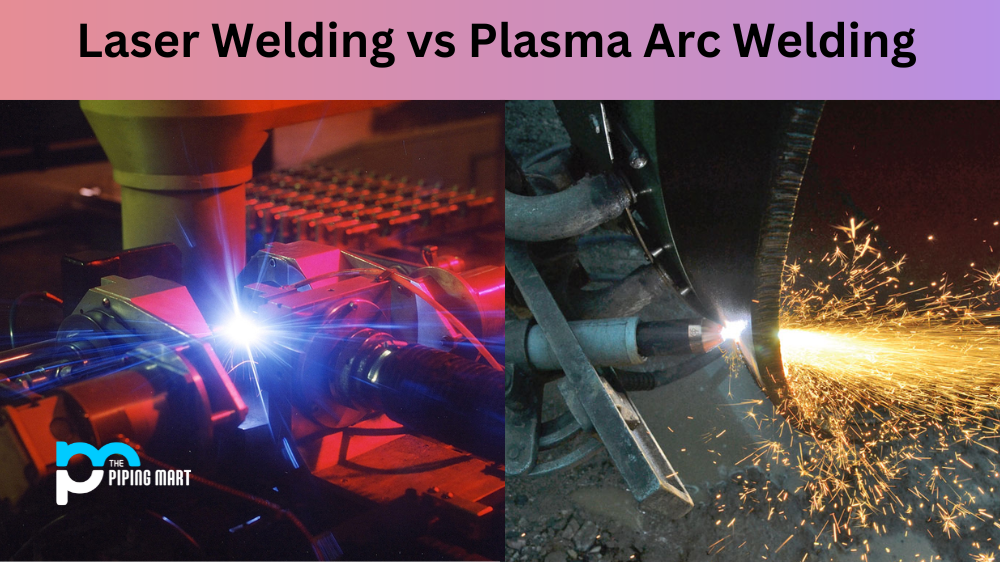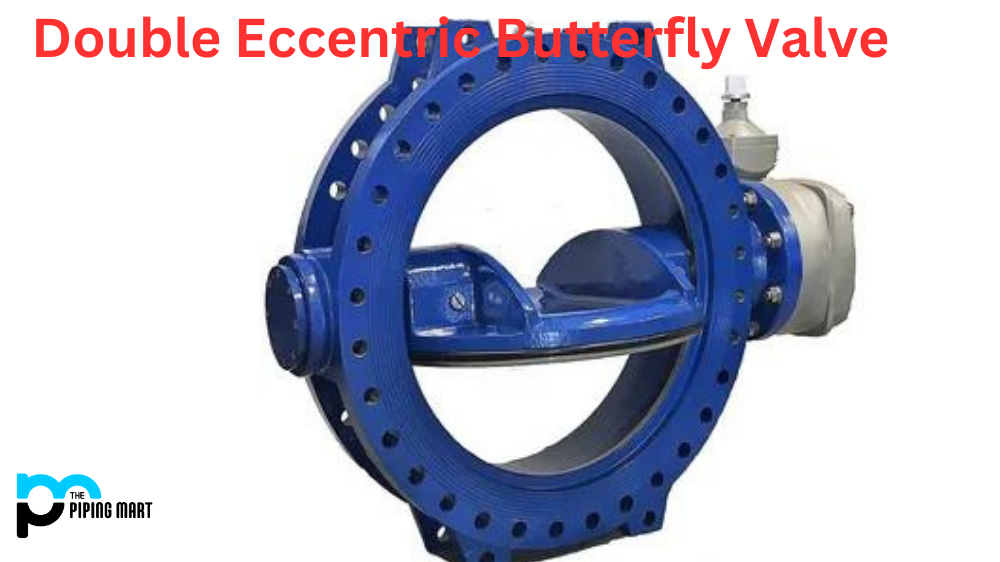For many engineers, the choice between laser welding and plasma arc welding (PAW) comes down to the application needs. Both processes have their own advantages and disadvantages that should be considered before deciding which one is best for the job. Let’s take a look at both welding processes to see how they compare.
Plasma Arc Welding (PAW)
Plasma arc welding is a type of gas metal welding process that uses an electric arc to heat up two pieces of metal so that they melt together. The heat generated by the arc allows for faster speeds and deeper penetration than other types of welding, making it ideal for thick layers of material or large welds. One of the main benefits of PAW is its high power efficiency; however, its high cost can be prohibitive in some cases.
Laser Welding
Laser welding is a type of energy-beam welding process that uses an intense beam of light focused on two pieces of material in order to fuse them together. This process is often used for delicate or small welds because it offers great precision and accuracy with minimal distortion or contamination from slag formation. However, laser welding usually requires more setup time than PAW and increases production costs due to its higher power consumption rates.
Difference Between Laser Welding and Plasma Arc Welding
- Plasma arc welding (PAW) is a type of welding that uses a plasma torch to create an electric arc between an electrode and the workpiece.
- The plasma arc is created by passing a high-voltage current through a gas, which ionizes the gas and creates plasma.
- Plasma arc welding is used in various industries, including aerospace, automotive, and shipbuilding.
- Plasma arc welding can be used to weld a variety of materials, including metals, alloys, and thermoplastics.
- Plasma arc welding has several advantages over other welding methods, including higher weld speeds, deeper penetration, and less heat distortion.
However, plasma arc welding also has some disadvantages, such as the need for expensive equipment and the potential for operator error.
Conclusion:
Overall, both plasma arc welding and laser welding processes offer distinct advantages depending on the application needs. If you need speed and depth with minimal distortion, then PAW could be your best option. However, if you need more precise results with less setup time, then laser welding might be a better fit for your project requirements. It’s important to weigh all your options before making a final decision about which method to use for your particular project. Whichever route you choose, make sure you understand both processes completely so you can get the most out of your chosen method!

Pipingmart is a B2B portal that specializes in metal, industrial and piping items. Additionally, we share the latest information and information about materials, products and various types of grades to assist businesses that are involved in this business.




